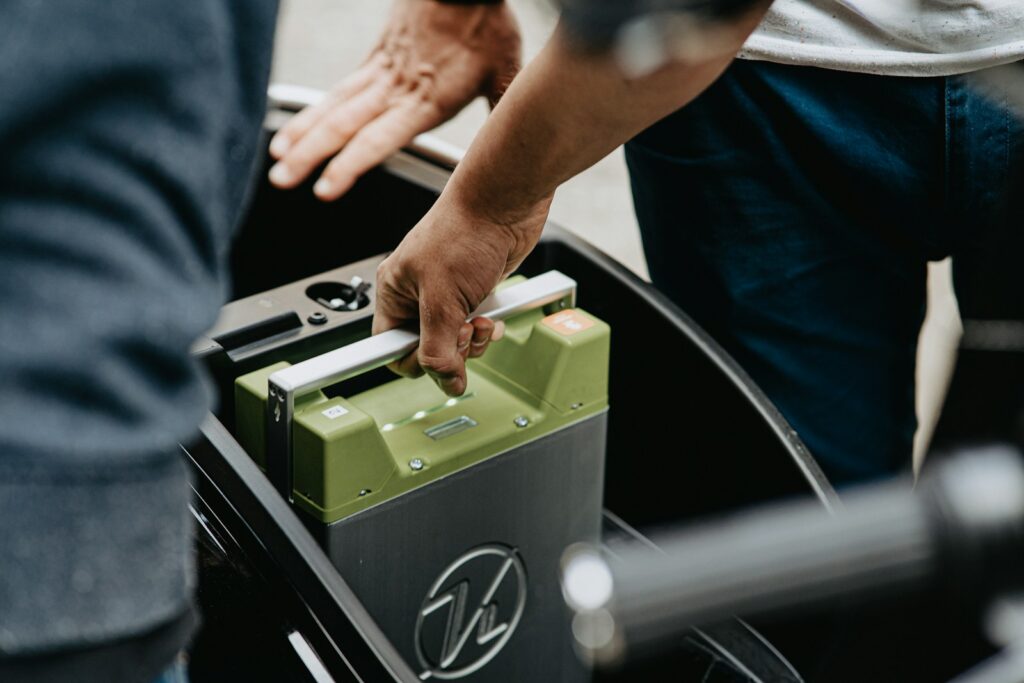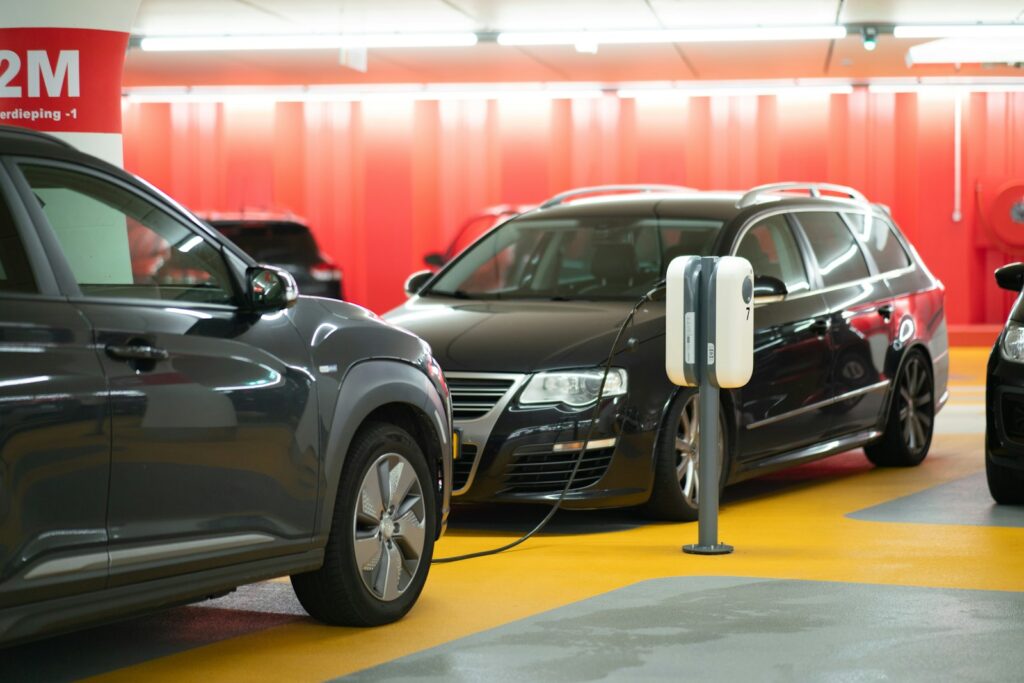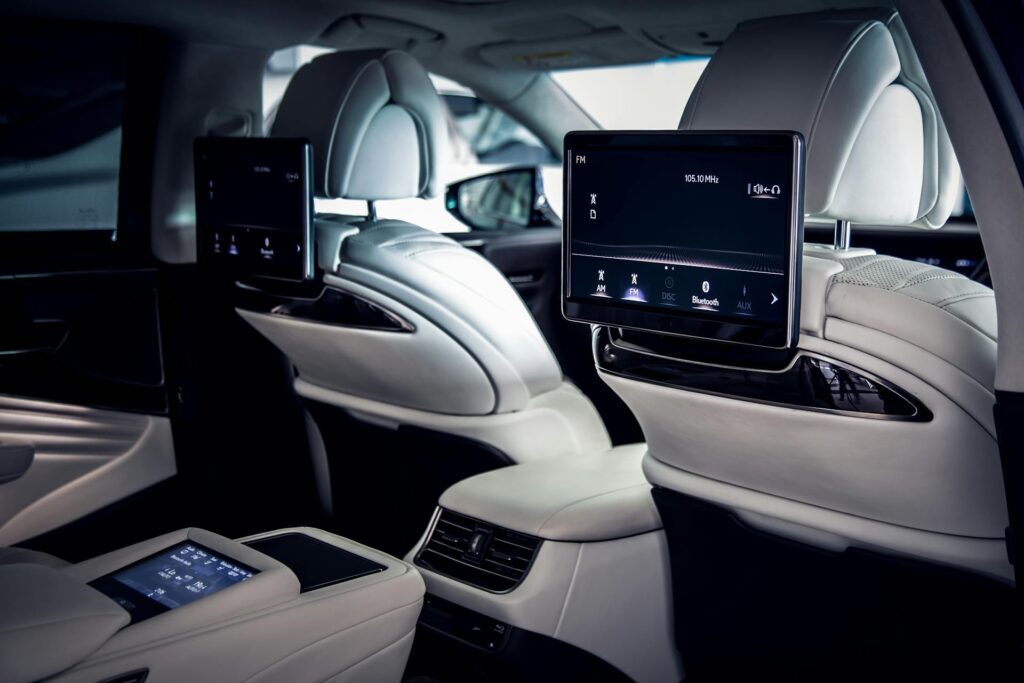Autonomous driving systems are already transforming the way we commute, road trip, and think about owning a vehicle. In 2025, Level 2 and Level 3 systems are leading the way.
Full self-driving isn’t quite ready, but these smarter, safer features are making modern vehicles more capable than ever before.
This guide breaks down what those levels mean and what you should know about safety and real-world performance.
Understanding Level 2 vs Level 3 Autonomous Driving
Here’s how Level 2 and Level 3 autonomous driving systems compare, especially in how much control the vehicle takes over from the driver:
Level 2 Autonomy
Level 2 autonomy includes features like hands-free highway assist, automated lane change systems, and adaptive cruise control.
These systems can steer, accelerate, and brake, but the driver must remain alert and ready to intervene. You can take your hands off the wheel briefly, but not your eyes off the road.
Level 3 Autonomy
Level 3, often called conditional automation in cars, goes a step further. In specific situations, like slow-moving highway traffic, the vehicle takes full control.
The driver can mentally disengage, even watch a video, or check email. However, when the system requests control, the driver must respond promptly.
Key difference: In Level 3, the car, not the driver, is responsible during operation.
Top Cars with Autonomous Driving Systems
Several automakers are rolling out Level 2 and Level 3 features across their 2025 models.
BMW Personal Pilot (Level 3)
The BMW 7 Series is one of the first to offer true Level 3 autonomy in Germany, enabling drivers to watch videos or check email in slow-moving highway traffic. When the car requests control back, drivers are alerted via the driver monitoring system.
Zeekr ADAS 2025
Zeekr is leading in China with its Zeekr ADAS 2025, offering an enhanced Level 2+ experience across urban and rural routes. Think highway merging, lane centering, and hands-free assist with dynamic route learning.
XPeng, Li Auto & More
China is also pushing forward with real-world self-driving tests, with companies like XPeng and Li Auto testing Level 3 systems in controlled regions, supported by evolving self-driving car laws in 2025.
Much of this rapid advancement has been made possible by smarter electronic platforms. If you’re curious about the systems enabling all this, check out our breakdown of Software‑Defined Vehicles.
Autonomous Vehicle Safety Concerns
It’s one thing to offer smart automation. It’s another to ensure it works in unpredictable environments. While features like driver monitoring systems reduce risk, autonomous vehicle safety concerns remain.
For example:
- What happens when road markings are faded?
- Can the system detect unexpected pedestrians or construction zones?
- Will it hand off control in time during bad weather?
Recent studies show that work zones still confuse many autonomous systems, leading to sudden disengagements and safety hazards. That’s why clear driver training and alert systems remain critical, even as tech improves.
Self-Driving Car Laws in 2025
Regulatory frameworks are still playing catch-up with the pace of innovation.
In the U.S., Level 3 autonomous driving systems are only approved in a handful of states and under limited conditions. Europe and China are slightly ahead, benefiting from centralized traffic safety authorities that can fast-track approvals.
Still, Level 2 vs Level 3 autonomous driving is no longer a distant concept. It’s real, active, and already integrated into 2025 showroom models, test programs, and premium vehicle lineups across the globe.
The Road Ahead
Level 2 and Level 3 systems in 2025 aren’t replacing drivers, but they are reshaping the driver’s role. As adoption grows, the focus will shift from “Can this work?” to “How can we make it safer, cheaper, and more accessible?”
Want to see if these features are right for your next vehicle? Start by understanding your needs, and reading the fine print on who’s responsible behind the wheel.



